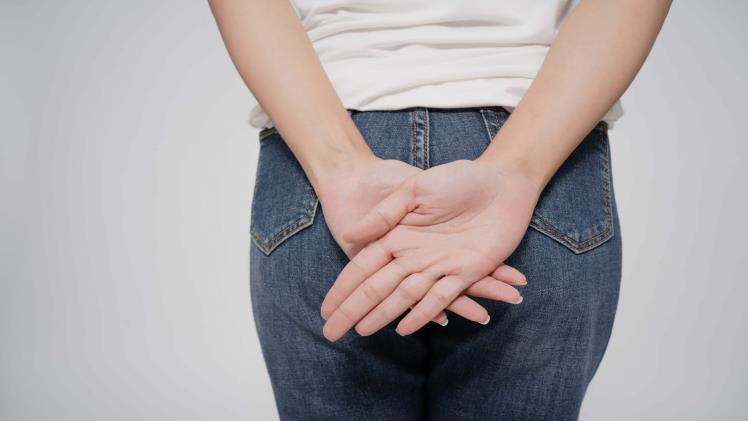Understanding and identifying anal fissures is crucial for proper diagnosis and treatment. In this comprehensive guide, we’ll walk you through the process of recognizing anal fissures step by step, utilizing images to enhance your understanding.
The image of how to identify anal fissure, will be emphasized throughout this Page.
What Are Anal Fissures?
Anal fissures are small tears or cracks in the lining of the anus, which can cause discomfort, pain, and bleeding during bowel movements. They are common but often misunderstood. Knowing their characteristics is the first step in identifying them.
Anal fissures may appear as small, linear openings or ulcers in the skin around the anus. They are usually accompanied by symptoms like sharp pain during or after bowel movements and bright red blood on toilet paper or in the toilet bowl. These initial visual cues can help in identification.
Step-by-Step Visual Identification
Step 1: Examine the Anal Area
To identify anal fissures, start by carefully examining the anal area. Use a clean mirror if necessary to get a better view. Look for any visible tears or cracks in the skin around the anus. These fissures often appear as small, red, or white lines or sores.
Step 2: Observe Blood Streaks
Anal fissures are often associated with bleeding during or after bowel movements. If you notice bright red streaks of blood on toilet paper or in the toilet bowl, it’s a significant indicator of a possible anal fissure. Be attentive to this symptom.
Step 3: Note Pain and Discomfort
The presence of sharp, shooting pain during or after bowel movements is another key sign of an anal fissure. This pain can be quite severe and may last for a few hours after defecation. Take note of any such discomfort you experience.
Step 4: Assess for Itching and Irritation
image of how to identify anal fissure itching and irritation in the anal area. If you find yourself constantly itching or feeling discomfort around the anus, it could be a result of an anal fissure. This symptom, when combined with others, strengthens the likelihood of an anal fissure diagnosis.
Step 5: Seek Medical Evaluation
While self-assessment is valuable, it’s essential to consult a healthcare professional for a confirmed diagnosis and appropriate treatment. A doctor can perform a thorough examination and may use additional diagnostic tools to confirm the presence of an anal fissure.
Preventive Measures
Preventing anal fissures is as important as identifying them. To reduce the risk of developing an image of how to identify anal fissure, maintain a high-fiber diet, stay well-hydrated, and avoid straining during bowel movements. Additionally, practicing proper anal hygiene and using mild, unscented toilet paper can help prevent irritation and fissure formation.
Treatment Options
Treatment for anal fissures typically involves lifestyle changes, such as dietary adjustments and maintaining good hygiene practices. In some cases, medications or ointments may be prescribed to aid healing and reduce discomfort. Severe or persistent fissures may require surgical intervention.
Conclusion
Identifying anal fissures step by step, with the aid of images, empowers you to recognize potential issues early and seek timely medical attention.
Remember that while self-assessment is valuable, consulting a healthcare professional is essential for an accurate diagnosis and effective treatment.
By understanding the symptoms and visual cues associated with anal fissures, you can take proactive steps toward better anal health and overall well-being.

